Applying Agile to aerospace engineering might sound unreal. Nevertheless, it is possible. Find out how Lean/Agile practices can help the Aerospace industry.
Besides software development, nowadays, more and more traditional industries with tangible output are adopting Agile practices. Even though the end result is usually known from the beginning, to stay competitive, product development companies look for ways to reduce costs while retaining quality.
It is interesting to explore if Agile can help the high costly Aerospace industry deliver projects more efficiently. It might come as a surprise, but modern Agile practices find their way even here. Keep reading below to find out how.
Is Agile Applicable to Aerospace Project Management?
Like every traditional engineering process, the aerospace industry goes through sequential product development. It involves well-defined steps with no project stages overlapping. This brings us to the famous V model, which is an integral part of systems engineering and, in most cases, a contractual requirement for Aerospace projects.

Image credit: mitre.org
At a very high level, building an aircraft system usually goes through the following phases:
- Concept Determination
- System Definition (Design)
- System Development (Including qualification testing)
- System Deployment (System becomes operational)
Also, an additional Disposal phase is added when the aircraft system is discontinued, and there is a transition to a new product design.
 Image credit: uniroma1.it
Image credit: uniroma1.it
In this heavy process, where some phases may take many months, even years to complete, an Agile approach to project management is mostly applicable to the Concept and Design stages. Agile aerospace teams focus on iterating their plans and getting fast feedback from all concerned parties to ensure unambiguous product specifications. Furthermore, teams can use new technologies such as desktop simulators and 3D printing to evaluate their design choices, produce low-fidelity mock-ups, and clear any misconceptions early in the process.
This is especially helpful for an industry such as Aerospace engineering as all aircraft systems have to go through lengthy certification processes before they become fully operational. Continuously syncing design plans with relevant stakeholders provides teams with the ability to understand what they need to do clearly. It also allows them to apply any necessary changes early in the process, as any later ones would typically result in extreme overspendings or complete project failures.
Why an Agile Approach to the Aerospace Industry?
Due to the high complexity of the work process and the long lead times in the aerospace industry, there is an increased need for a shared understanding and team collaboration. With those missing, the chances are that the product might not pass certification requirements.
Furthermore, the ever-increasing costs in Aerospace projects ask for reducing reworks and more timely responses to emerging issues.
Below, we will look at some challenges in Aerospace project management and discuss how Agile can help solve them.
Low shared situational awareness
Something that Aerospace companies often struggle with is translating the vision of a particular aircraft program into action. The standard approach for years has been to lay out the roadmap to completion on lengthy Gantt Charts. However, the problem is that they quickly become over-cluttered and have no connection to the team level's day-to-day activities. This leads to low clarity and a lack of awareness of what's going on in the process.
To solve that, Agile focuses on creating high transparency in the project life cycle and ensuring that each team knows what is expected from them. In practice, Kanban boards help you achieve this. Aerospace teams can map their workflows and track progress from start to finish, eventually turning the board into an information radiator. This way, relevant stakeholders can quickly unveil inefficiencies or emerging issues in the work process and take the necessary actions to respond to them promptly.

Furthermore, to connect aircraft program plans with work packages and subsequent activities, Agile aerospace teams can use interconnected Kanban boards. For example, in Kanbanize by Businessmap, we do that by introducing both Strategic and Team Kanban boards. In the former, we visualize our high-level project plans, while in the latter, we progressively elaborate them to create our deliverables. In an aerospace context, a deliverable could be the design or development of a single engine, which is then further broken down into manageable tasks represented by individual Kanban cards.

This entire structure bridges the gap between planning and execution. It also helps relevant stakeholders see the status and progress of plans in real-time, contributing to increased shared awareness and less chaos in the process.
Poor coordination between multiple teams
The design and development of an aircraft system require interdependent teams to synchronize their work. However, due to Aerospace engineering's heavy processes, there are often disconnections between them, resulting in communication losses of around $15.8 billion annually.
The most apparent Agile response to that lies within colocation and face-to-face communication. However, especially when talking about large companies, many teams working on large aircraft programs are often distributed around the world.
In such cases, the best practice is to bring the teams together for a short period, preferably at the beginning of the project. This helps create a shared understanding and determine the approach for work execution. After that, aerospace teams can sync progress, discuss impediments, and continuously improve their processes by introducing regular cadences. Those include Daily Stand-up meetings, Service Delivery Reviews, Operations Reviews, etc.
 Feedback loops in Kanban
Feedback loops in Kanban
In addition to that, as the Aerospace engineering life cycle is linear, a transparent process for dependency management is also necessary. Agile preaches cross-functional teams to break silos and eliminate dependencies. However, in a complex engineering environment, that might not always be possible.
To compensate, another practice of Lean/Agile teams is to visualize their dependencies and manage flow over them. Aerospace engineering companies using our software platform do that through related Kanban boards. There, they visualize the relationship between tasks or bigger initiatives with the help of card links.
 Combined, those approaches close the costly coordination gaps between different teams and eventually increase the likelihood of successful product completion.
Combined, those approaches close the costly coordination gaps between different teams and eventually increase the likelihood of successful product completion.
High project costs and extensive rework
As already mentioned, another challenge for the aerospace industry is the ever-increasing costs of producing aircraft systems. According to a study from Deloitte, total cost overruns on aerospace projects this year (2020) will rise to 51%. Much of those costs come from large product reworks that also cause significant schedule delays.
Agile project management looks to tackle that by emphasizing constant collaboration with customers and progressive elaboration of different product components. This is done to assess the value of work items, prioritize, and gather more knowledge about them before committing final execution. After that, aerospace teams hold regular pull-planning events (such as Replenishment meetings) to decide what to work on next based on their capacity.
This approach creates a better structure in the process while reducing mistakes due to multitasking. Furthermore, due to the progressive refinement of even the smallest product elements, engineering teams decrease the likelihood of abandoning work items or doing extensive rework because of unclear specifications.
This process can lower costs while retaining production quality, even in projects such as the development of fully operational aircraft systems.
Real-Life Example of an Aircraft Engine Program Delivery with Kanban
Implementing Lean/Agile practices in a complex industry such as aerospace is easier said than done. That's why we want to bring theory into practice through a real-life case study of a division in an aviation company that boosted its productivity and project delivery with Kanban's help.
Confronted with low process transparency, workflow inefficiencies, difficulties with work prioritization, and poor coordination between multiple teams, the management turned to Kanban to solve these issues.
The implementation of its practices provided the division in the company with some immediate benefits, including:
- Increasing visibility in the entire project life cycle and quickly unveiling issues in the engineering process
- Developing a clear work-breakdown structure and connecting planning with execution
- Enhancing synchronization between multiple teams and visualizing dependencies.
- Building an easy structure for prioritization and a common understanding of when work is done.
See Businessmap in action
for all-in-one work management
In Summary
Even though unusual, Lean/Agile practices still find their implementation in the highly complex Aerospace industry. Some of the major challenges that an Agile approach to project management helps Aerospace engineering companies solve include:
- Low shared situational awareness - through developing a work breakdown structure with the help of interconnected Kanban boards
- Poor coordination between multiple teams - through introducing cadences for aligning communication and visualizing dependencies between teams
- High project costs and extensive rework - through constant stakeholder collaboration and progressive elaboration of various product components





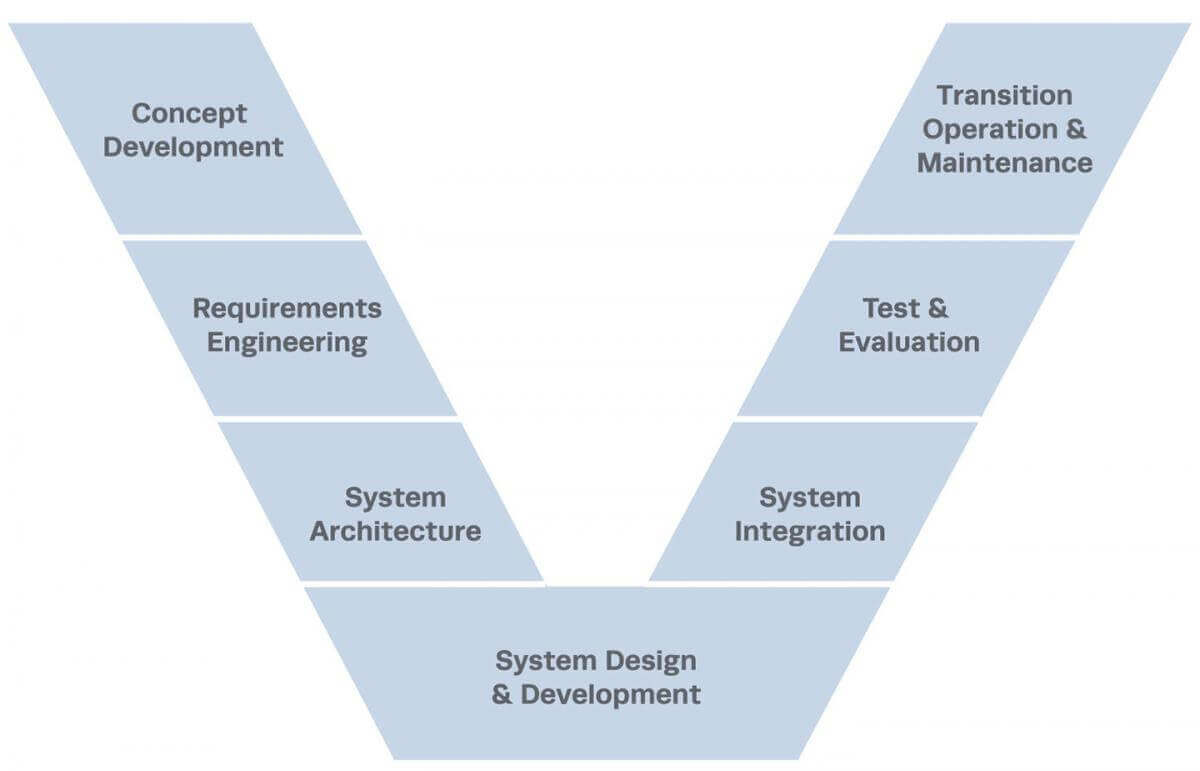
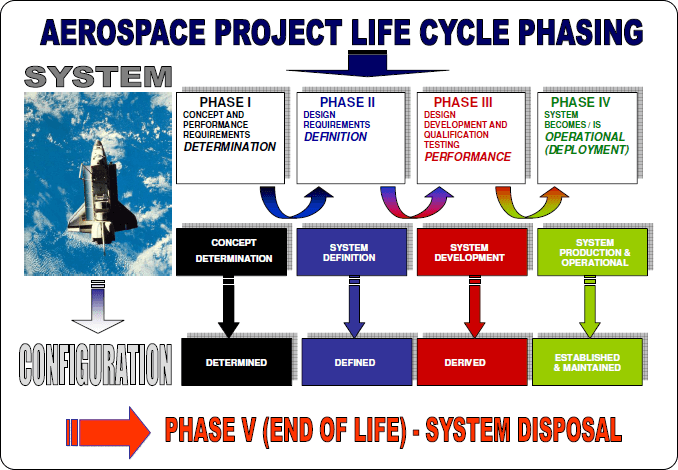 Image credit:
Image credit: 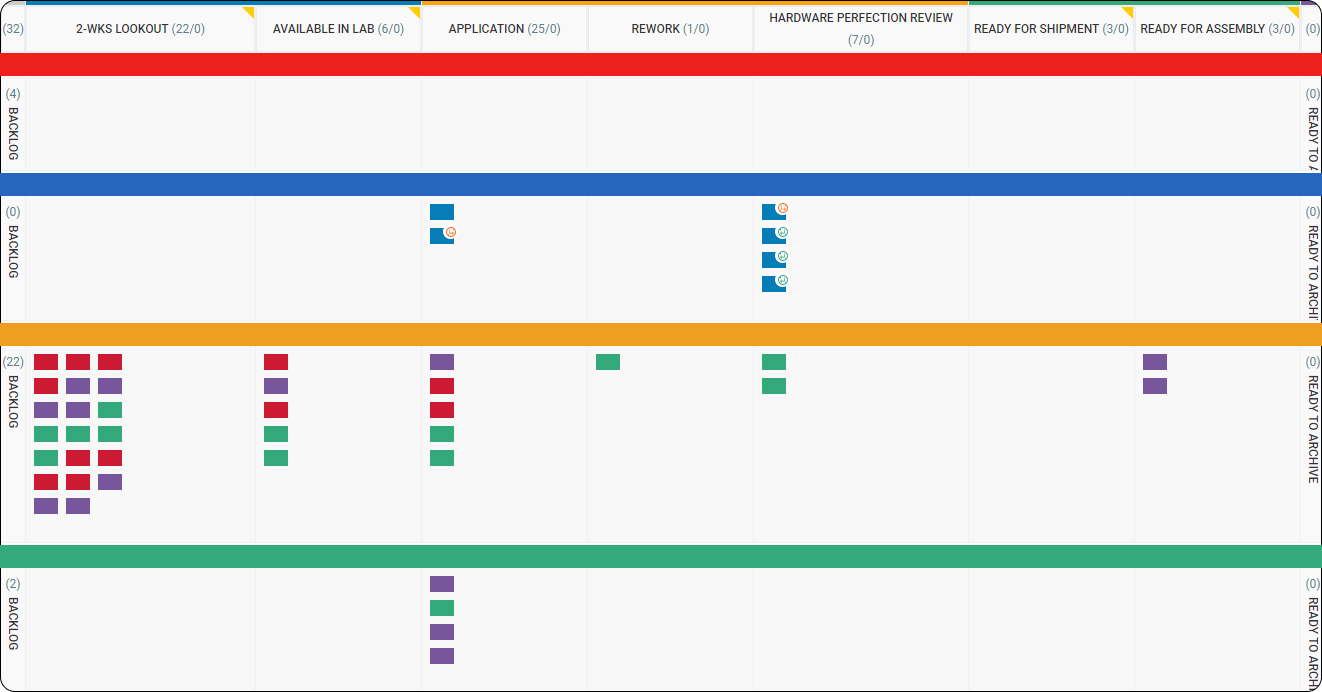
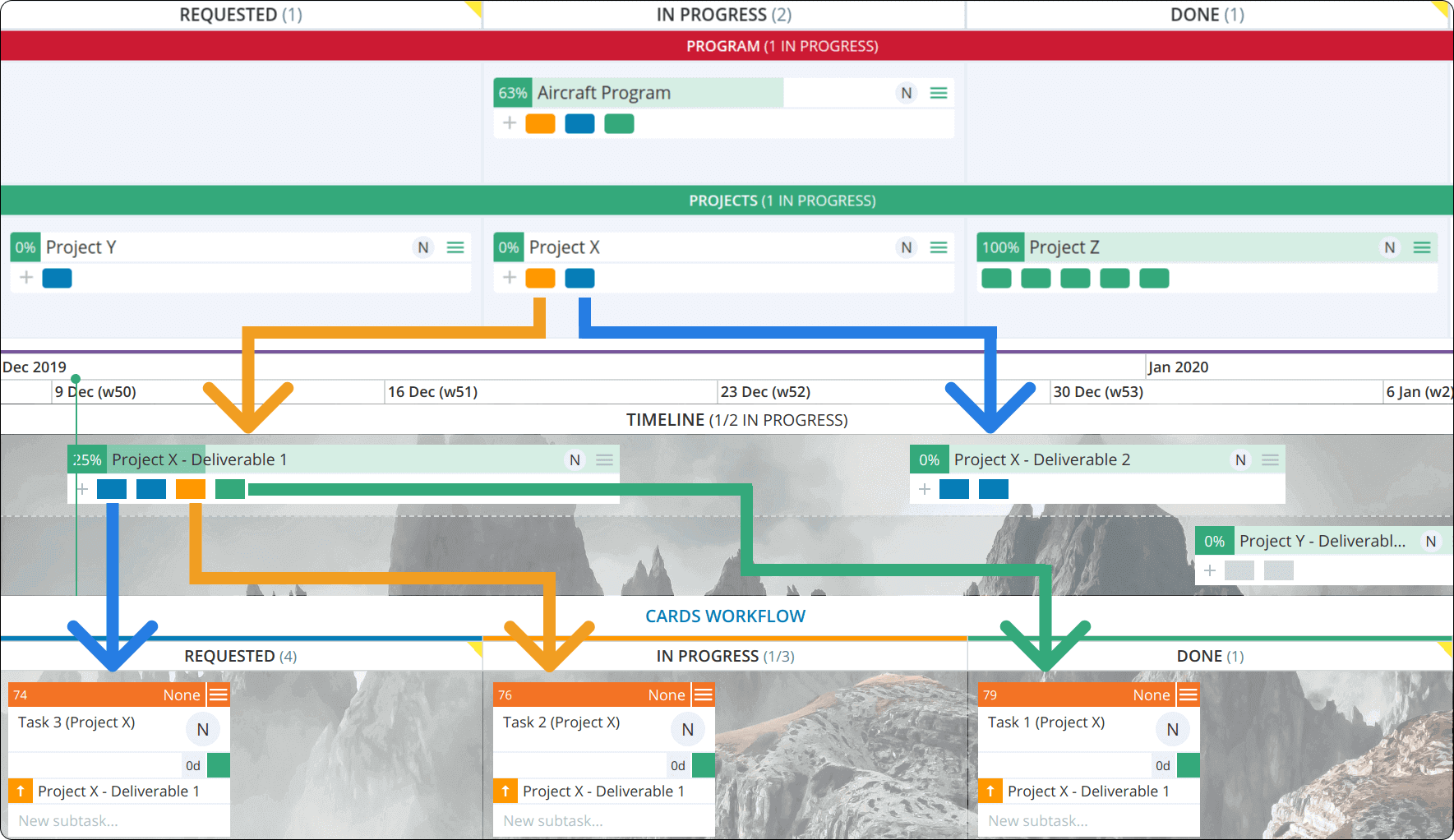
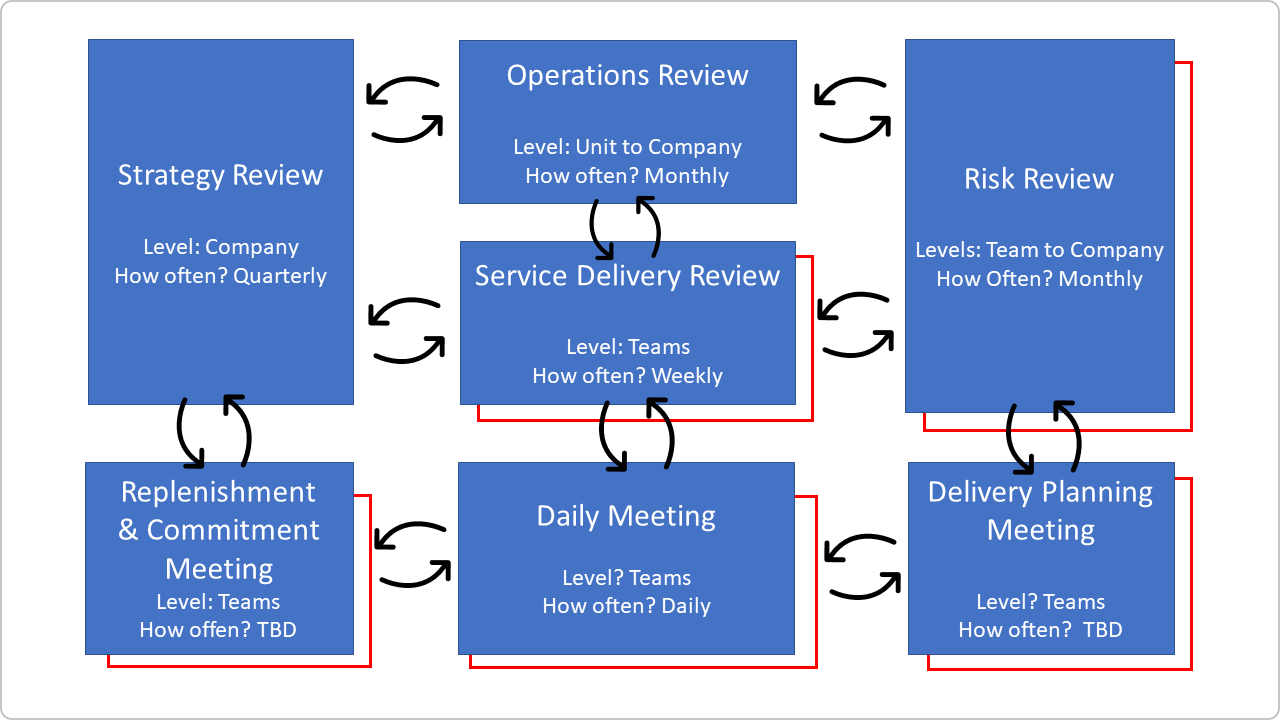 Feedback loops in Kanban
Feedback loops in Kanban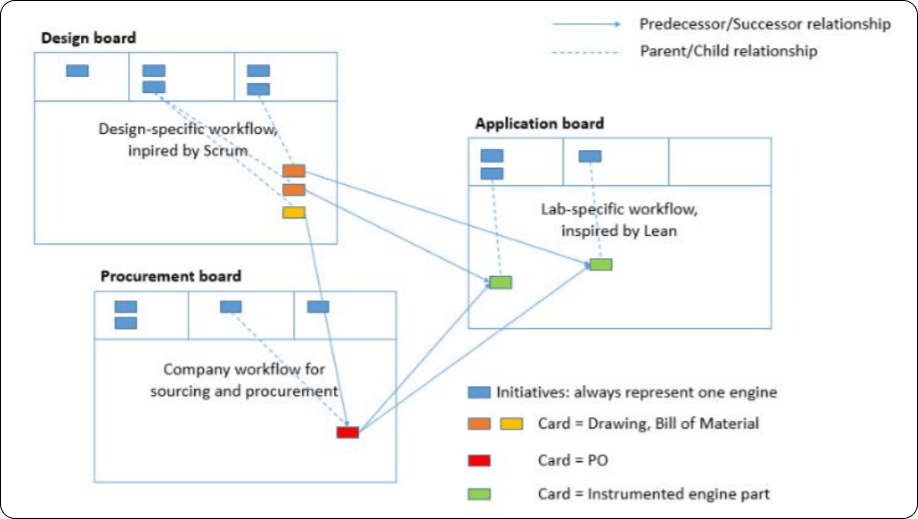 Combined, those approaches close the costly coordination gaps between different teams and eventually increase the likelihood of successful product completion.
Combined, those approaches close the costly coordination gaps between different teams and eventually increase the likelihood of successful product completion.

